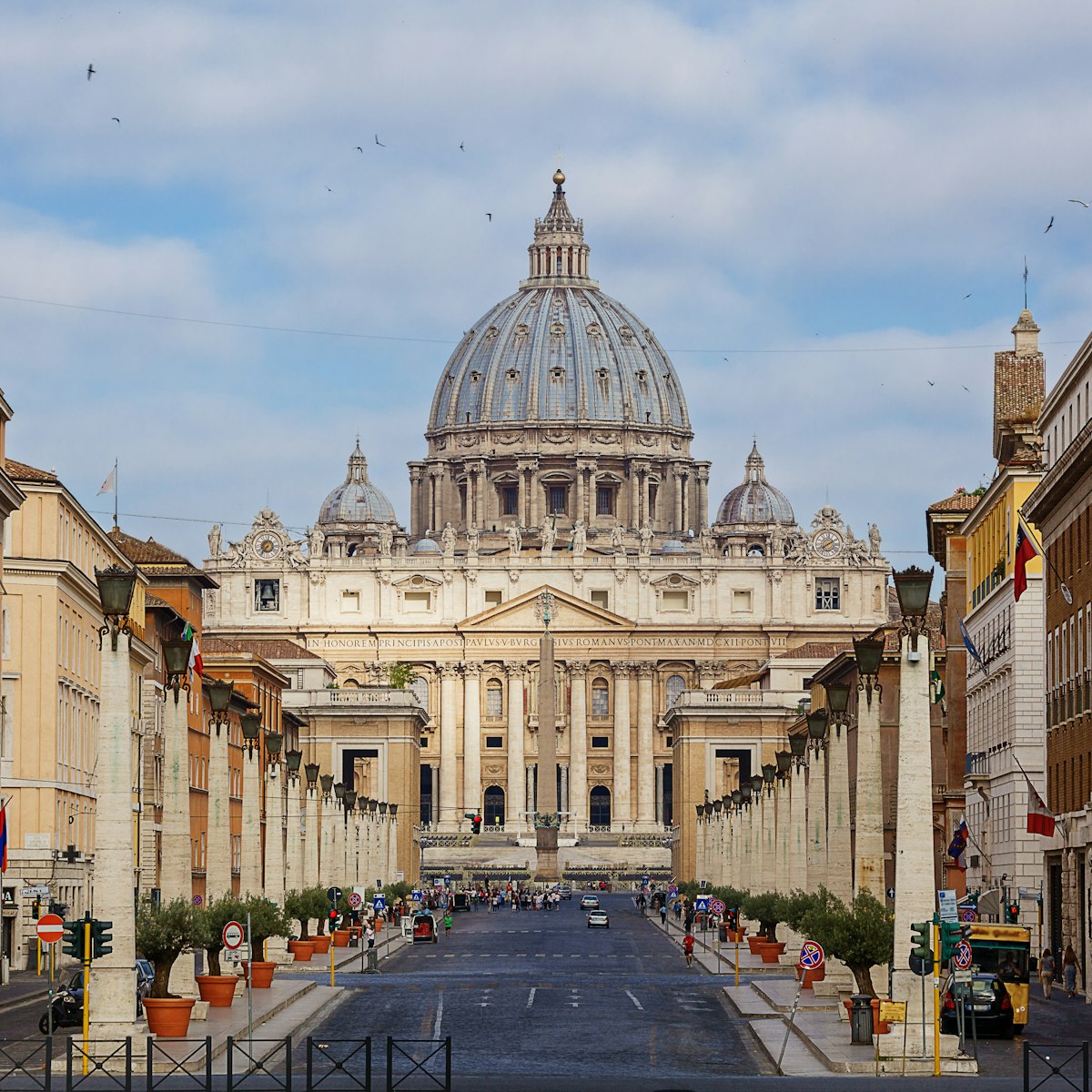Nero had his Domus Aurea constructed after the fire of AD 64 (which he is rumoured to have started to clear the area). Named after the gold that lined its facade and interiors, it was a huge complex covering almost one third of the city. Making some use of video and virtual reality, multi-language guided tours of its ruins shed light on how it would have appeared in its prime. Advance online reservations (€2) are obligatory. Enter from Via Labicana.
The Domus was full of architectural invention, and was a more splendid palace than had ever been seen before. However, Nero’s successors attempted to raze all trace of his megalomania. Vespasian drained Nero’s ornamental lake and, in a symbolic gesture, built the Colosseum in its place. Domitian built a palace on the Palatino, while Trajan sacked and destroyed the 1st floor and then entombed the lower level in earth and used it for the foundations of his public baths complex, which was abandoned by the 6th century. This burial of the palace preserved it; the section that has been excavated lies beneath Oppian Hill. In winter, wear warm clothes to visit as the palace now lies underground and is damp. Remarkably, the humidity has helped preserve the frescoes in the chambers, though these may only be seen in a couple of cleaned areas – the rest have been destroyed or are yet to be restored. Tours last 75 minutes and are guided by archaeologists.
During the Renaissance, artists (including Raphael and Pinturicchio) lowered themselves into the ruins, climbing across the top of Trajan's rubble in order to study the frescoed grottoes. In fact, Raphael reproduced some of their motifs in his work on the Vatican.








